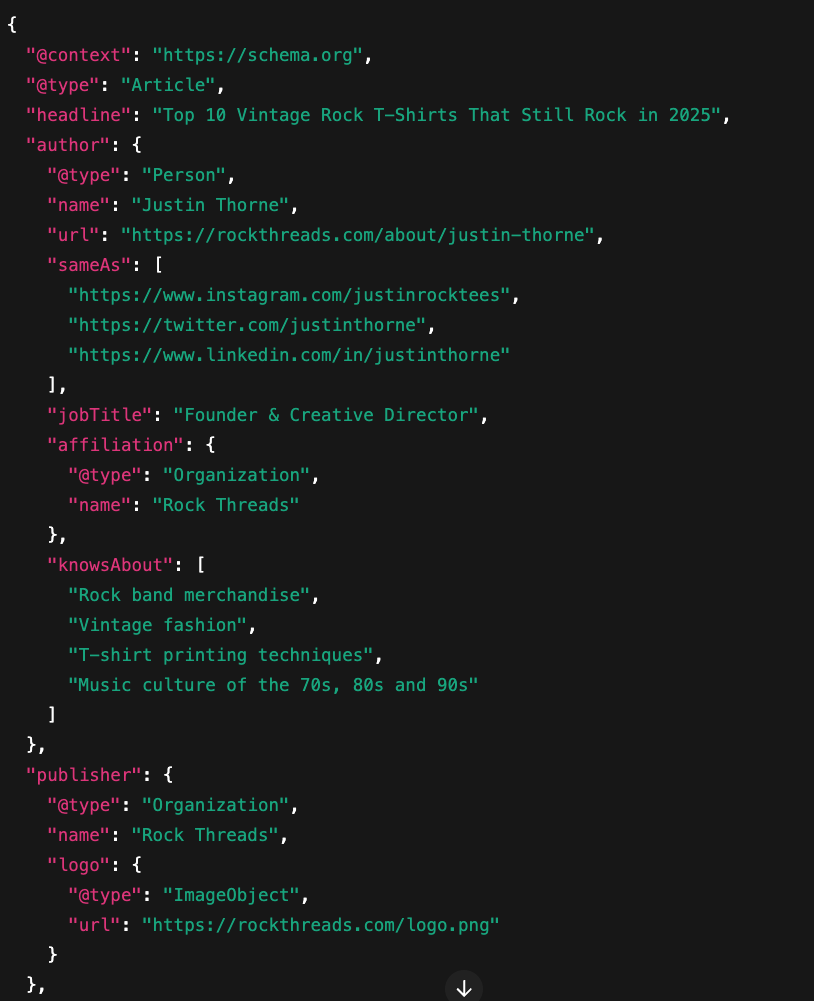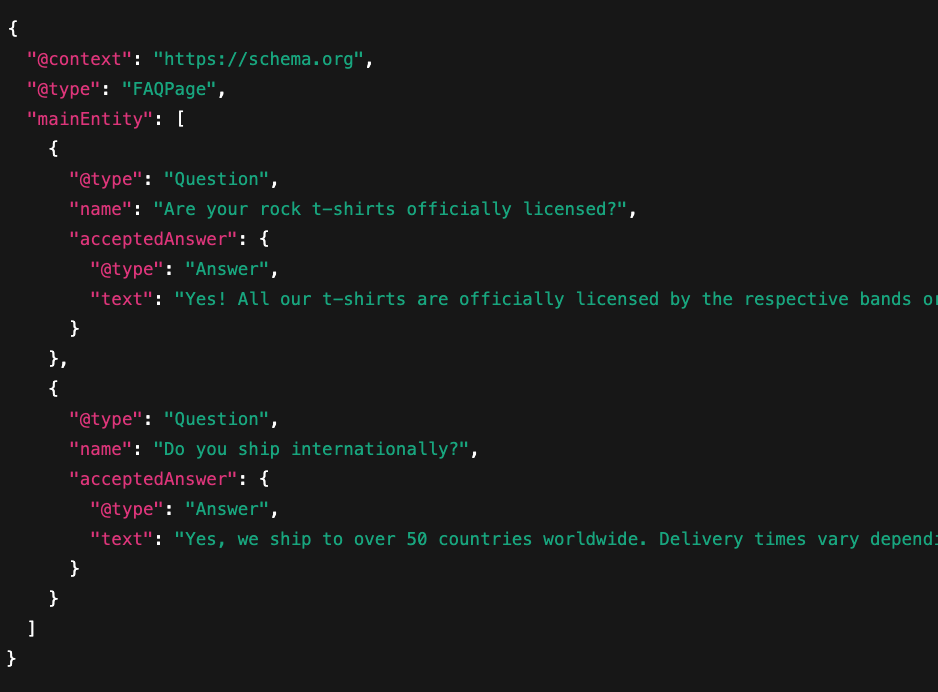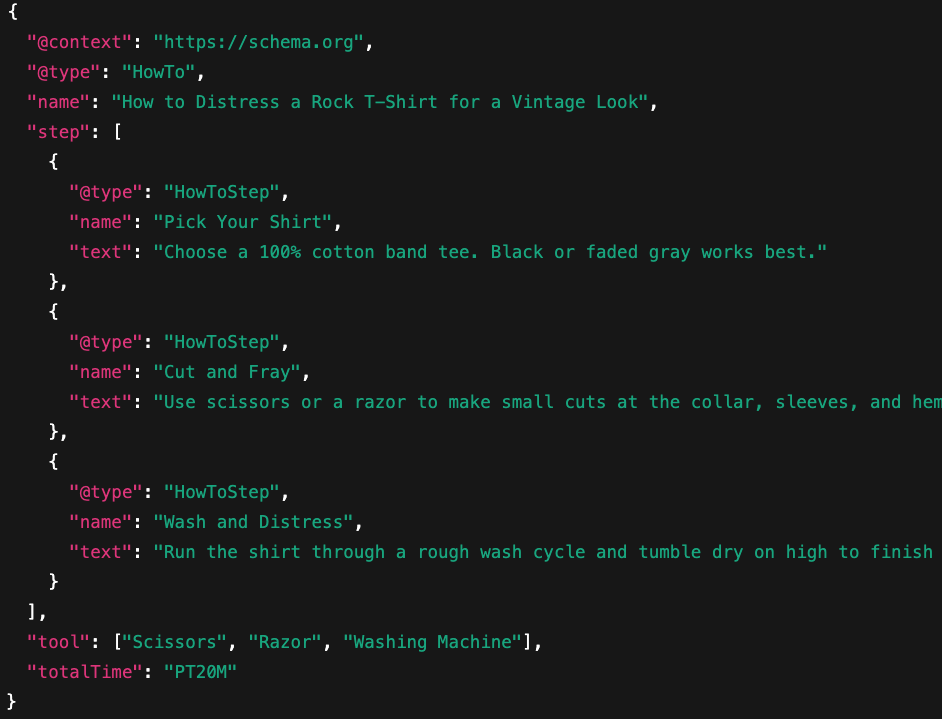
Why aren’t my brilliant blog posts and articles appearing in ChatGPT? (other LLMs are available!)

SEO is evolving and agencies seem a little slow off the ground in terms of talking about AIO (AI Optimisation) and how it is similar, yet nuanced, when compared to traditional on-page, technical SEO.
It’s a huge topic, which is awesome for me, as that means lots of potential blog content and I recently put together a playbook for marketers, covering everything you need to know about SEO and AI Chats… or ‘The Chats’. No gate, you can just download it.
A client recently asked me to cut through the BS and just provide a plan for existing content (this straightforward approach is one of the reasons I love them). The blog posts are performing well in search engines (first page and even top three positions) and yet, completely invisible when talking around the topic in ChatGPT, Gemini or any of the other tools. I thought this would make a super interesting blog post.
What is the first thing you would do to your content, to optimise it for AI tools?
The short answer is, look at these three elements:
1. Core Vitals (nothing new here, it’s the same as SEO)
2. Schema Markup (also well established but SO IMPORTANT for AI crawlers and AI Overviews)
3. Content Structure
Each element, is worthy of multiple blog posts or you can of course jump straight to the playbook. However, if I had to pick one element for existing content, it is definitely schema.
I’ve used ChatGPT to generate example schema throughout the post to illustrate examples for my imaginary rock t-shirt business. For neatness, and considering we are an SEO agency, I’ve also optimised the actual schema in this post (for AIO rather than rock t-shirts), so feel free to view the source HTML and see how I have used author schema to cite myself, and things like FAQPage.
I’m also trying to follow my own advice from the playbook in terms of content structure, but I am a waffler!
What is schema?
Search engines and more importantly, AI chatbots, aren’t just crawling and/or indexing keywords. They’re parsing context, meaning, and structure (ooh an Oxford comma – next I will be dropping in an em dash). That’s where schema markup comes in. It’s the invisible code that tells Google and AI chatbots exactly what your content is about, who it’s from, and why it’s trustworthy.
With the rise of AI Overviews in search results and conversational answers in tools like ChatGPT and Google Gemini, having clear, machine-readable schema can be the difference between being cited or being skipped.
Let’s break down how to use three powerful types of schema markup: Author, FAQPage, and HowTo, using a rock t-shirt business as our working example. For SEOs, like me, you’re probably thinking this is super useful for EEAT and I will touch on how schema quietly supports your EEAT signals too.
Author Schema: Make Sure the Bots Know Who’s Behind the Content
When AI pulls from the web, it prefers sources with clear attribution. Adding author schema to your blog posts or product guides gives both search engines and AI assistants a better reason to trust and cite you.
Example:

This correct use of schema, tells the bots it’s a real person (citation) and they know what they are talking about. Notice the links to the author’s social profiles and also, the “KnowsAbout” section – recently, even when I looked at pages for companies that are pretty good in terms of schema, tend to leave this out and it’s really key to positioning your authors and thought leaders as experts in specific areas.
Should you use the same text on every page, or optimise it around the theme of the page? What do you think?
Juicy, juicy, EEAT signals. This, like everything in AIO and SEO, is nuanced – if you are talking about the [corporate or ‘brand’ voice] author of your ‘About Us’ page, you will probably want to keep it consistent across pages that are generic, but if you are talking about an individual contributor, you can optimise it slightly for the page content, but make sure it fits with their overall area of expertise.
Reminder, I’ve optimised the schema on this blog post with my real citation info, view the source to see how it looks. Side note, I wonder if users looking at source code sends interesting signals to the algorithms?
FAQPage Schema: Feed Direct Answers to AI Interfaces
This is a really powerful signal for Chat and AI Overviews as the bots want to answer a user’s questions. Think about how you use Chat. When you’re not generating content and blister pack action figures, you are asking questions. The more you optimise your content, and schema, around questions (look at the first few headings in this blog post) the more likely it is you will appear in chats.
Remember if you want to use FAQPage schema, you must show the FAQs on the page somehow, although you don’t have to use a traditional FAQ format. See my FAQs around this topic at the bottom of the post and view source to see how it looks in the schema.
Schema is invisible, embedded in the HTML to make it easier for bots to find and organise answers. So you could just write your blog post in your usual style, but optimise the FAQPage schema for likely questions and answers as long as they are visible somewhere on the page.
Example:

HowTo Schema: The best way to get shown when users want step by step instructions
Of course we’re not all offering chocolate cake recipes (the best example I have seen in ChatGPT where I then checked the corresponding source page and found perfect HowTo schema in place).
Even in B2B, our thought leaders are always producing guides and checklists for strategy, tactics or how to achieve X results, right? Again, look at the source code for this blog and see how I have added HowTo Schema around building an action plan to review and implement schema for AI optimisation.

HowTo is similar to FAQPage, but very different in terms of user behaviour. A good answer in FAQ schema may get picked up by AI to answer a specific question, HowTo is more likely to get picked up if a user asks a chat a question like, “How do I x, y and z” or “tell me exactly how to…” or “what is the best way to…” and so on.
If you want to keep evergreen content fresh for AI chat
AI models and search engines prioritise fresh, maintained content. By adding a dateModified field to your schema, you signal that your content reflects the latest information, even if only minor updates were made.
Update this every time you tweak or refresh the content. It builds trust with search engines and helps you stay visible in AI-generated answers.
What About EEAT? Schema Quietly Ticks The Boxes
Everything you’re marking up, your author bio, helpful answers, and instructional steps, also reinforces EEAT: Experience, Expertise, Authoritativeness, and Trustworthiness.
You don’t have to obsess over ticking EEAT boxes. Schema helps surface those qualities naturally. You just focus on creating authentic content and clearly tagging who it’s from, how it helps, and when it was last checked.
Okay, I get what we need to do, but how do I actually add schema to our pages?
For this blog post and because our website is on WordPress, I’m simply using Yoast Premium, which let’s me define schema and also, although a bit fiddly, allows me to add multiple @types to a page. For example, I may want a blog post to be an article, FAQPage and HowTo page.
The Chats are amazing at creating schema for you if you need to provide it to a dev to implement on a page. Just tell it what you want it to do and it will spit it out in the correct format in seconds. ChatGPT provided all of the rock t-shirt examples for this post.
Third time is a charm – download our AIO Playbook or if you want a human-to-human chat about your SEO and AIO, drop me a line on LinkedIn.
Cheeky FAQ to round out this post
Schema or, structured content, is code embedded in a web page’s html to help search engines, voice search and AI bots find and structure answers to user’s questions. It can also help with EEAT scores in terms of author citations and allow bots to crawl transcripts from videos.
Schema is critical for bots to find and structure content beyond what is visible to a human user. It is far more likely that content will be used for AI Overviews or used to answer specific questions in AI chat tools if schema is correctly implemented in your content.
There are many schema validator tools but the official tool is offered by schema.org – https://validator.schema.org/
The short answer is, yes. If your content is not useful for a user, does not answer questions or does not add value to your users, you probably should be focusing your efforts elsewhere. If the content is relevant for users interested in your products or services, then you should absolutely ensure the schema is optimised to give your content the best chance of winning a snippet, being used by AI Overview and discussed in the major chat tools.
AlgoRhythm London is offering an integrated SEO and AI service to SMEs and start-ups from their London office.
